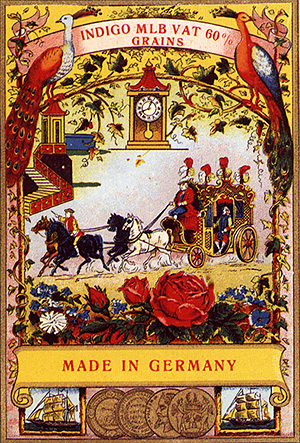Comparing Evolutionary Dynamics Across Different National Settings: The Case of the Synthetic Dye Industry, 1857-1914
By Johann Peter Murmann &
Ernst Homburg
Journal of Evolutionary Economics
2001, Vol. 11, p. 177-205

|
Comparing Evolutionary Dynamics Across Different National Settings: The Case of the Synthetic Dye Industry, 1857-1914
By Johann Peter Murmann & Ernst Homburg
Journal of Evolutionary Economics 2001, Vol. 11, p. 177-205 |
|
You can download the our paper here: JEE Paper Download
Abstract: Current models of industry evolution suggest that development patterns should be the same across different units of analysis. In comparing the evolution of the synthetic dye industry at the global level and in the five major producer countries before World War I (Britain, Germany, France, Switzerland and the United States), it is shown that patterns of industry evolution differed significantly across national contexts. Based on a quantitative and qualitative database of all firms and plants in the industry, the paper analyzes how German firms came to dominate the industry and identifies factors such as availabilities of crucial skills, economies of scale and scope, and positive feedback mechanisms between firms and national institutions that likely produced these national differences. The empirical analysis calls for formal models of evolution that incorporate differences in institutional environments.
Key words: Comparative industry evolution--Institutional Analysis--Technological Innovation--Longitudinal dataset of firm and plants
JEL-classification: O31, O32
See some pictures from the synthetic dye industry and product labels from all over the world here.